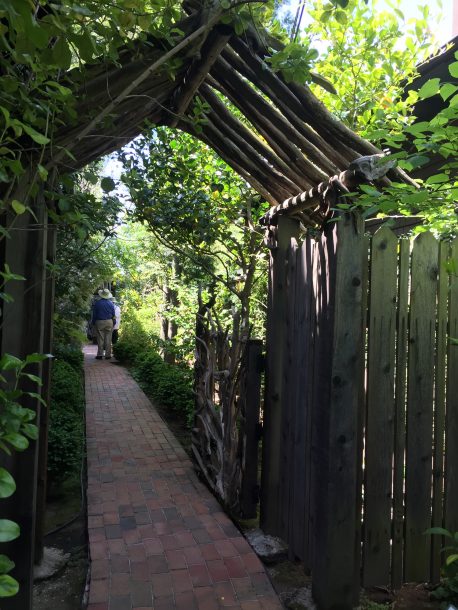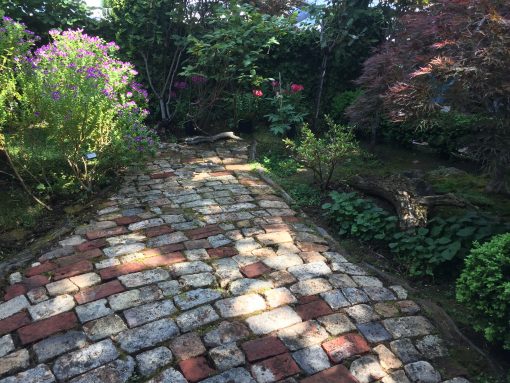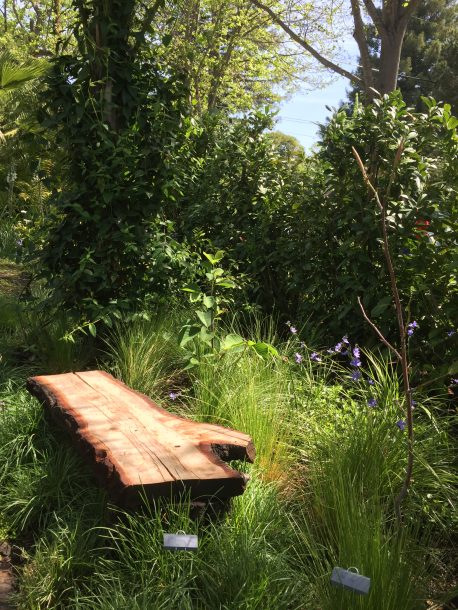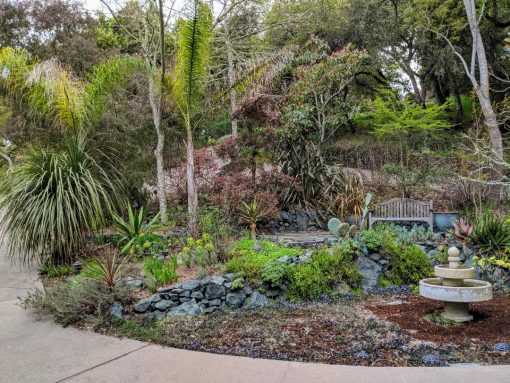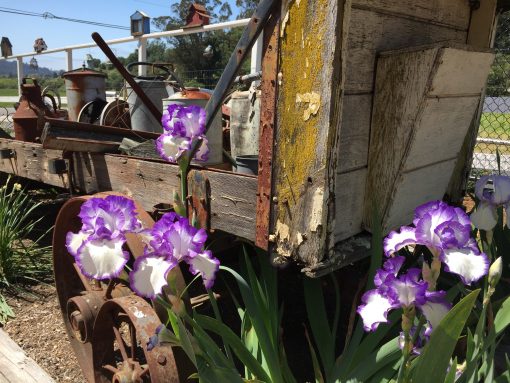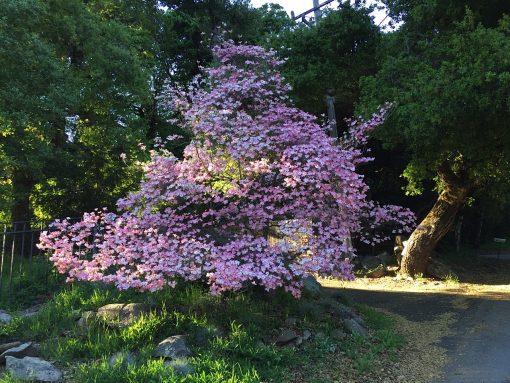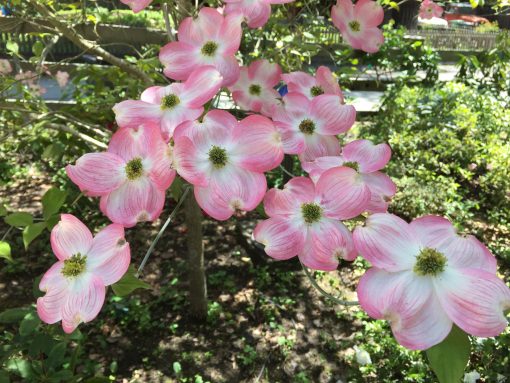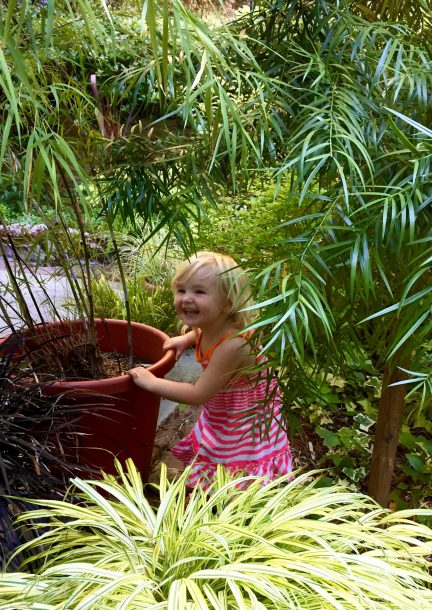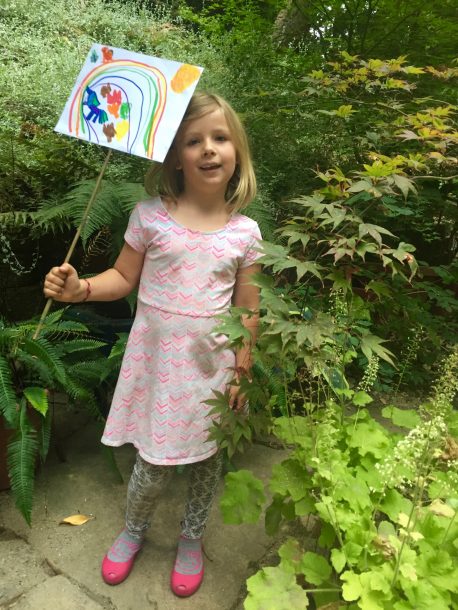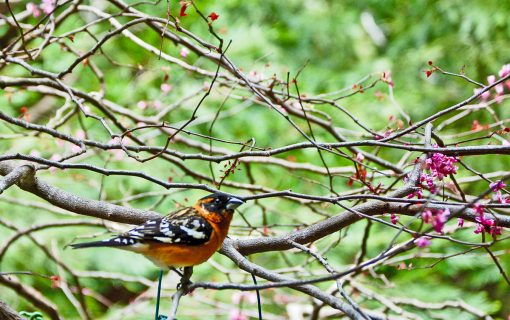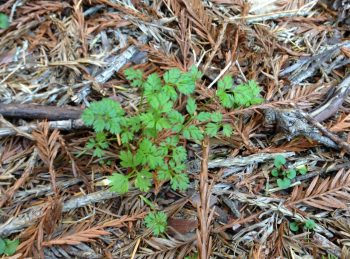
Everything was growing nicely in the garden until the banana slugs and squirrels started eating me out of house and home, fungal leaf spots and aphids appeared and the gophers and deer decided they really liked my plants. What?s a gardener to do?
Troubleshooting is a form of problem solving. And whether it?s your car, your smart phone, an irrigation system or yellowing leaves on a plant the goal is to find the solution and make everything work again. When you eliminate the potential causes of the problem hopefully the solution restores everything to its working order. Sometimes this is easier said than done as we all know.
A few weeks ago I received a text with pictures of some plants with leaf spots and was asked for a solution. Over the winter we received a lot of rain so I wasn?t surprised. But if this were mid-summer I?d suspect that the plant leaves were burned by the sun and not getting deep enough irrigation. At this time of year, however, black or brown spots on leaves are fungal or bacterial problems and should be treated with an organic fungicide like Serenade which is non-toxic to bees and beneficial insects, Neem, copper or sulfur spray to prevent and control spreading. Affected leaves should be discarded.
The subject of how much fertilizer and what kind came up in another troubleshooting email. The issue was whether to use an organic high phosphate fertilizer in order to encourage bud development on a notoriously short-season tree dahlia. A single spring application of rock phosphate should be sufficient. Sometimes adding too much phosphorus can actually hurt a plant, preventing the uptake of other nutrients necessary to prevent other deficiencies. A balanced fertilizer containing all three nutrients- nitrogen, phosphorus and potassium-was recommended for the remainder of the season.
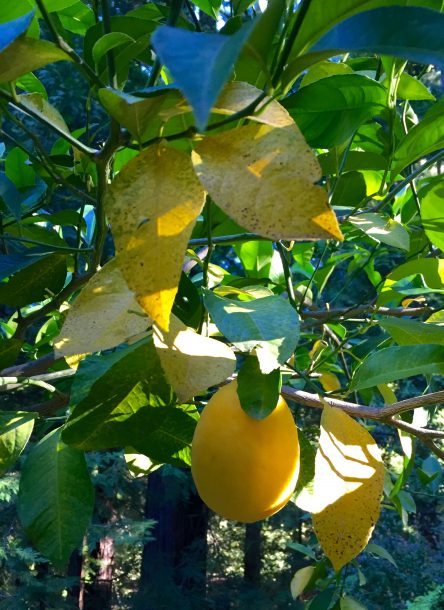
Then there are the problems in my own garden. Well, it seems I am always trying to solve something with plants, pests or critters but now it?s the lemon tree. The older leaves of this tree are yellow. The new growth looks fine so it isn?t an iron deficiency where young leaves display green veins along with a yellowish color.
It isn?t a nitrogen deficiency either where the mature leaves slowly bleach to a mottled irregular green and yellow pattern, become entirely yellow and then are shed while the discoloration spreads to the younger leaves. I fertilized in March with an all-purpose balanced fertilizer. Citrus are heavy feeders and require a steady source of nitrogen, the ideal citrus fertilizer having a ration of 3:1:1 (N:P:K)
After eliminating other mineral deficiencies or overwatering as the problem I decided that my lemon was simply dropping interior leaves which is normal after winter but I wanted to trouble shoot all potential causes to be sure citrus greening wasn?t the culprit. If it had been this deadly disease the leaves would have exhibited an asymmetrical pattern.
To quote Sherlock Holmes ?Once you eliminate the impossible, whatever remains, no matter how improbable, must be the truth.? I?ll try to remember that when I?m troubleshooting my next problem in the garden. Oh and by the way my banana slug relocation program is going well.


